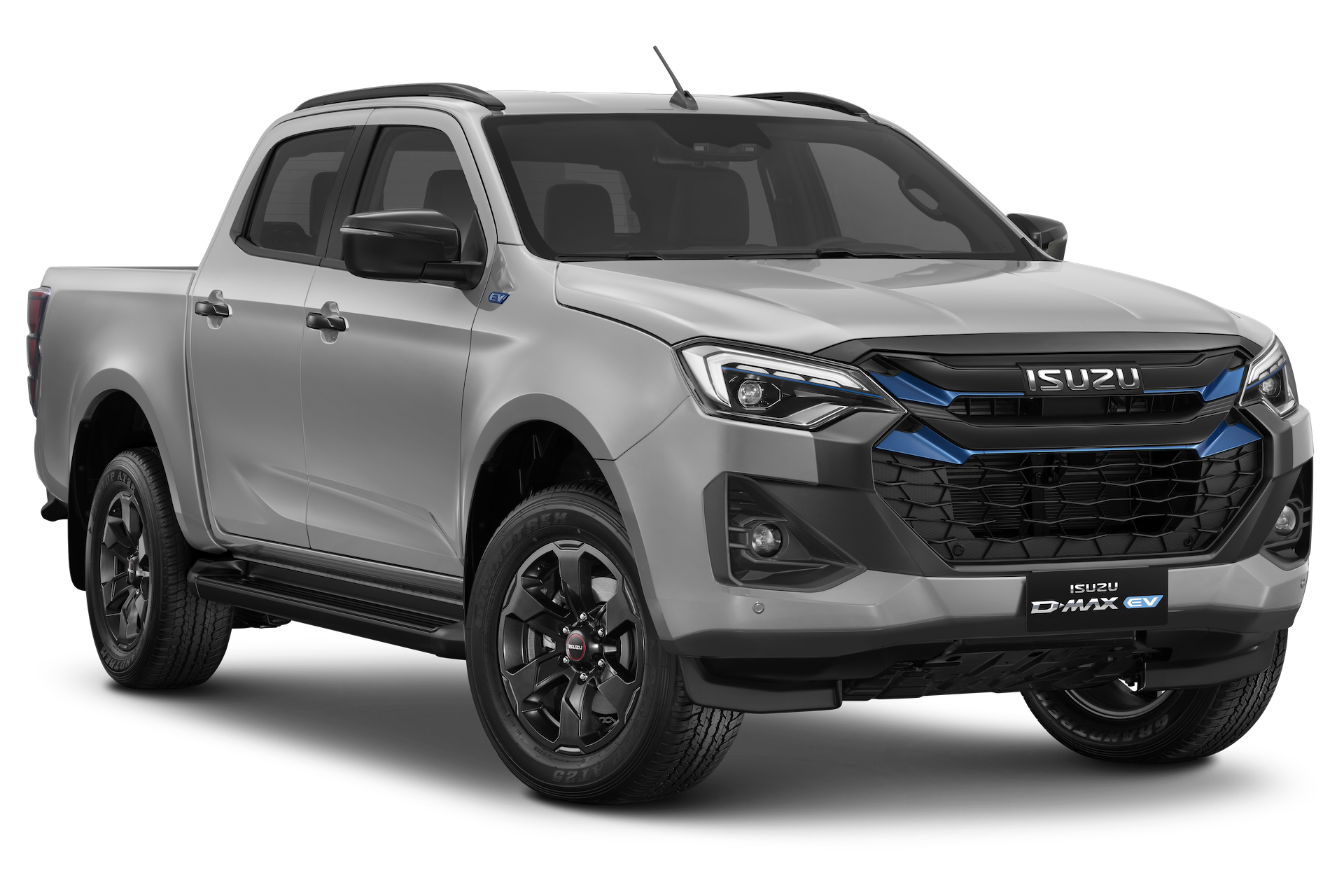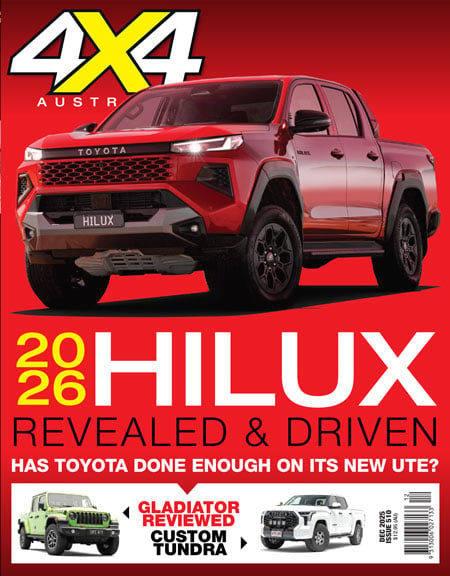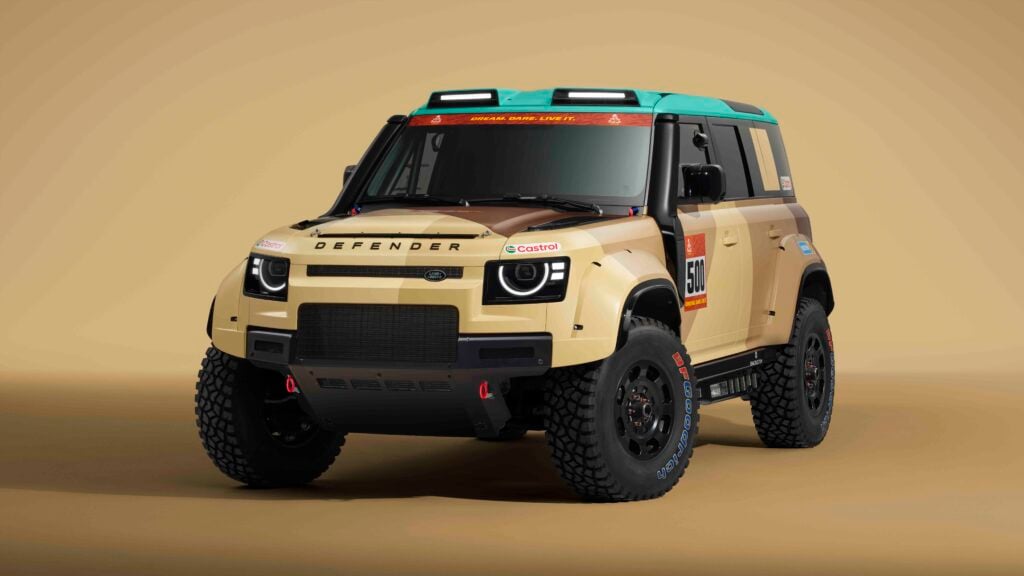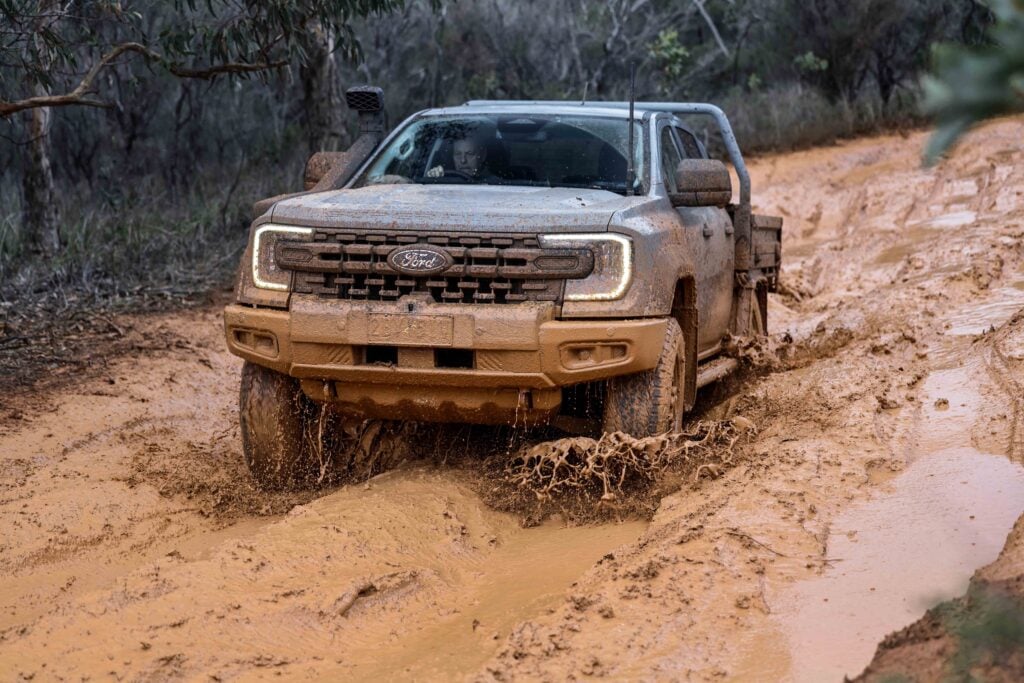The Isuzu D-MAX EV has officially entered mass production, with the fully electrified ute slated to arrive in major European markets in Q3 of 2025.
These first vehicles set to run down the production line are left-hand-drive units, with production of right-hand-drive models scheduled to begin toward the end of this year. This should see the D-MAX EV in UK dealerships at the start of 2026, with Isuzu adding, “it will be rolled out to other countries and areas based on market needs”.
Whether Australia is included in this roll-out remains unconfirmed, with Isuzu Ute Australia unable to provide any specifics relating to future products, including the D-MAX EV.
“We are currently unable to comment on specifics relating to future model plans,” an Isuzu UTE Australia spokesperson told 4X4 Australia. “That said, as part of our due diligence, IUA will continue to monitor the local needs and evaluate the reception of BEVs locally, and work with the factory to provide a product mix to meet Australian consumer needs.
“While Isuzu Motors Japan have advised that they’re starting production on an electric pick-up (ute) for European markets in April 2025, we have no further information to share at this point in time.”
Earlier this year, Isuzu Ute Australia declared it was considering multiple powertrain options to combat looming NVES regulations. While careful not to discuss any details about future products, IUA mentioned it is looking at every powertrain solution it has globally to ensure it works here – but doubled-down on the fact it needed to be fit for purpose for Australian customers.
“While we are working on solutions, it’s important for us to mention these solutions are fit for purpose. They’re not compromised. We don’t want to bring something to market … that just ticks a box,” said Mark Harman, former PR manager at IUA. “We’ve always done a very good job with localisation, to ensure our products are Australianised for our market.”
In 2024, a press statement released by Isuzu Japan said: “Launching in select mainland Europe markets such as Norway in 2025, D-MAX BEV will be rolled out to the UK, Australia, Thailand, and other countries based on market needs and the maturity of EV charging infrastructure.”
In February this year when asked if we’ll see an electric D-MAX in Australia in the next few years, Ben Jaegar, head of sales at IUA, said: “I don’t think we can answer that one … The vehicle that is going to be released may not meet the requirements of our customers. It’s a very different market, different usage, different infrastructure for charging – all those sorts of things go into it. It’s a different volume market, for that matter.
“Is it one of the technologies being reviewed? Obviously it is because that’s a global powertrain that will be available to other markets. Whether it’s right for this market? That’s the decision that needs to be made,” he said.

At the time, Isuzu also confirmed both the 2.2-litre turbo-diesel and the 1.9-litre hybrid seen in Thailand are on its radar, but the Japanese marque stopped short of confirming whether we’ll officially see either powertrain locally.
The full-time 4WD system in the DMAX EV features newly developed front and rear e-Axles, which will provide the hush-quiet linear acceleration expected of EVs. The D-MAX EV’s electric drivetrain produces 140kW and 320Nm, with the vehicle recording payload and towing capacities of 1010kg and 3500kg respectively. Full specs below!
“The D-MAX EV has been engineered to cater to both commercial and passenger vehicle requirements, while ensuring the rugged performance expected from pickup trucks,” Isuzu Japan said. The vehicle will be produced in Thailand.
Isuzu D-MAX EV: Specs
| Dimensions | ||
|---|---|---|
| Total length including rear bumper (mm) | 5,280 | |
| Total width (mm) | 1,870 | |
| Total height including roof rails (mm) | 1,810 | |
| Wheelbase (mm) | 3,125 | |
| Tread (front/rear) (mm) | 1,570 | |
| Minimum turning radius (m) | 6.1 | |
| Weights | ||
|---|---|---|
| Vehicle curb mass (kg) | 2,350 | |
| Maximum payload (kg) | 1,010 | |
| Maximum towing capacity (kg) | 3,500 | |
| Performance | ||
|---|---|---|
| Drive system | Full-time 4×4 | |
| Maximum output (kW) | 140 | |
| Maximum Torque (N・m) | 325 | |
| Maximum speed (km/h) | Over 130 | |
| Range (km) | 263 (WLTP); 361 (WLTP City mode) | |
| Energy Consumption (Wh/km) | 255 (WLTP) | |
| Battery Type | Lithium-ion | |
| Battery capacity (kWh) | 66.9 | |
| Charging time | AC: Max 11kW – 10hrs(0-100%); DC: Max 50kW – 1hr(20-80%) | |






